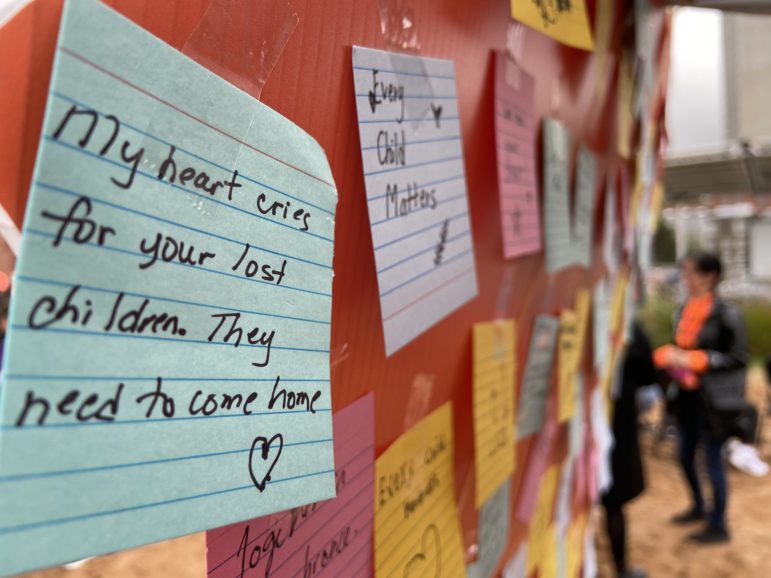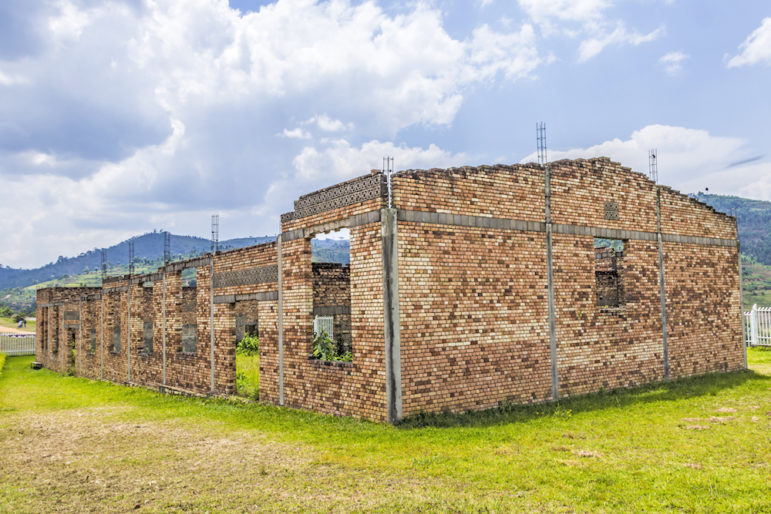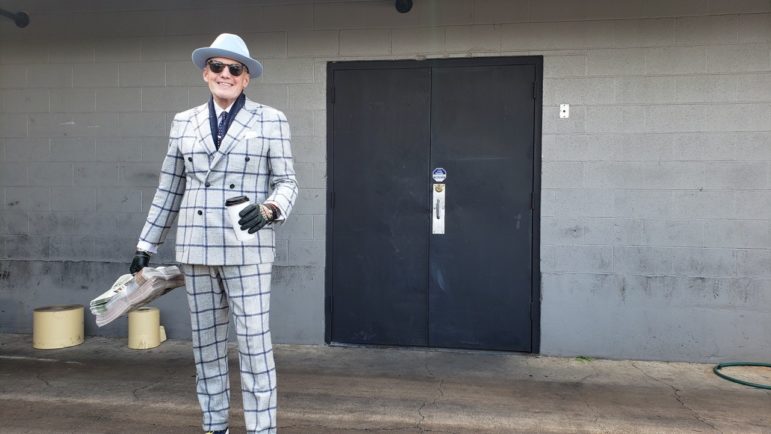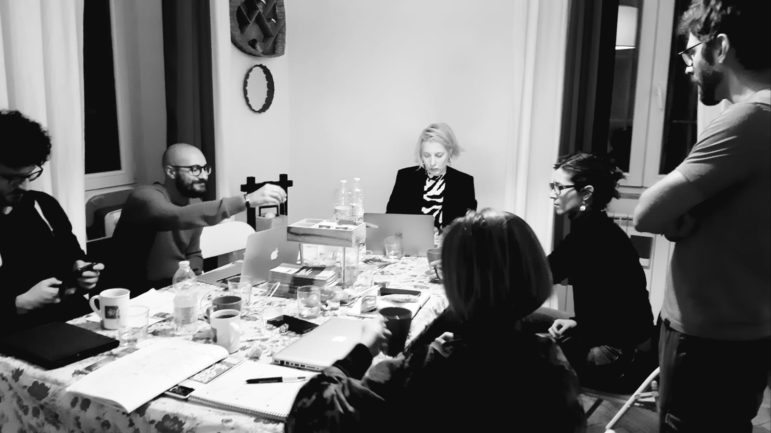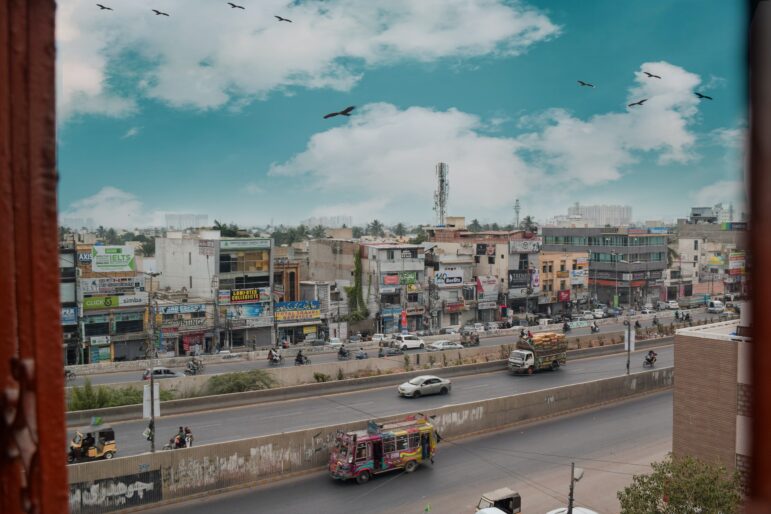
News & Analysis
Uncovering Karachi: Using Maps and Data to Investigate Problems in a Modern Metropolis
Karachi is Pakistan’s largest city and financial capital, but it is also a place with the dubious reputation of being one of the most unlivable cities in the world. These challenges provide fertile ground for investigative reporting and some of the country’s best stories.

